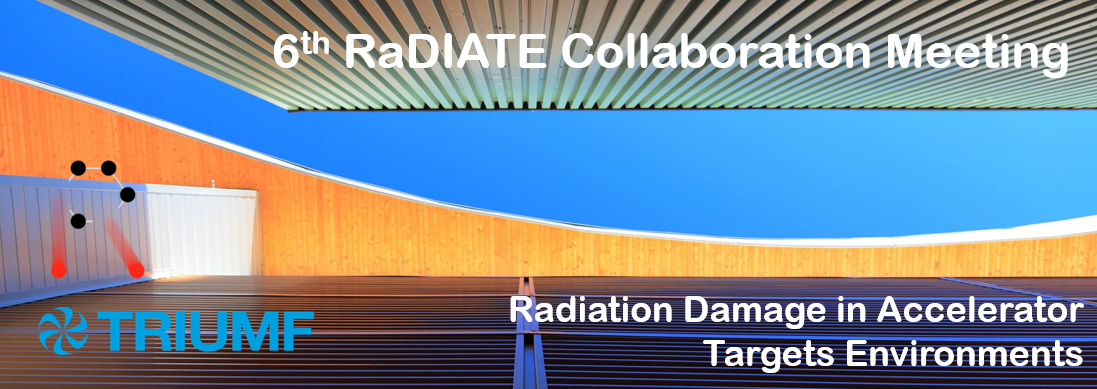Speaker
Mr
Mathew Brownell
(TRIUMF)
Description
The primary function of the TRIUMF’s new Advanced Rare IsotopE Laboratory (ARIEL) is to produce and deliver radioactive ion beams to experiments though two separate target stations. The ARIEL Electron Target East (AETE) station will be used to enable the impinging of an electron driver beam for the production of exotic isotopes and to facilitate their extraction, ionization and acceleration into a radioactive ion beam. The AETE module requires several services to complete this, including power, air, gas, water, sensors and vacuum. However, due to shielding requirements, it is not possible to deliver these services directly to the target module; instead a feedthrough was developed to transport them from the top of the module to a quick-disconnect ground service tray below. This project focuses on the design of the ground service tray & components from the bottom of the feedthrough to the target module.
Theoretical radiation mapping shows an expected does of 1x105Gy/hr and with a 30-year lifecycle gives a design limit of 1.2x1010Gy. This high dose of radiation limits material and component selection and requires that any maintenance be done in a hot-cell. Vacuum Coupling Radiation (VCR) fittings were chosen for between the connection plate and feedthrough as only metal sealing components can be used. Aluminum was chosen for the support structure and busbars for both weight and activation. Any insulators must be either Macor or Aluminium Nitride and transportation of water, air, and gas along the service chase is done through flexible stainless-steel braided hose.
Hot-cell operations prove to be challenging due to the complexity and accessibility of the service tray, and decommissioning of the assembly means that every piece must be accessible and able to fit into a standard 55Gallon drum. Several custom tools have been developed including, pincer extensions (to engage Swagelok fittings) and a pivoting wrench (to meet torque requirements). A lifting mechanism to engage/disengage the service tray is still under development. In the next stage of development, a test stand will be used in a hot-cell to validate tooling and identify new challenges.
Primary author
Mr
Mathew Brownell
(TRIUMF)

